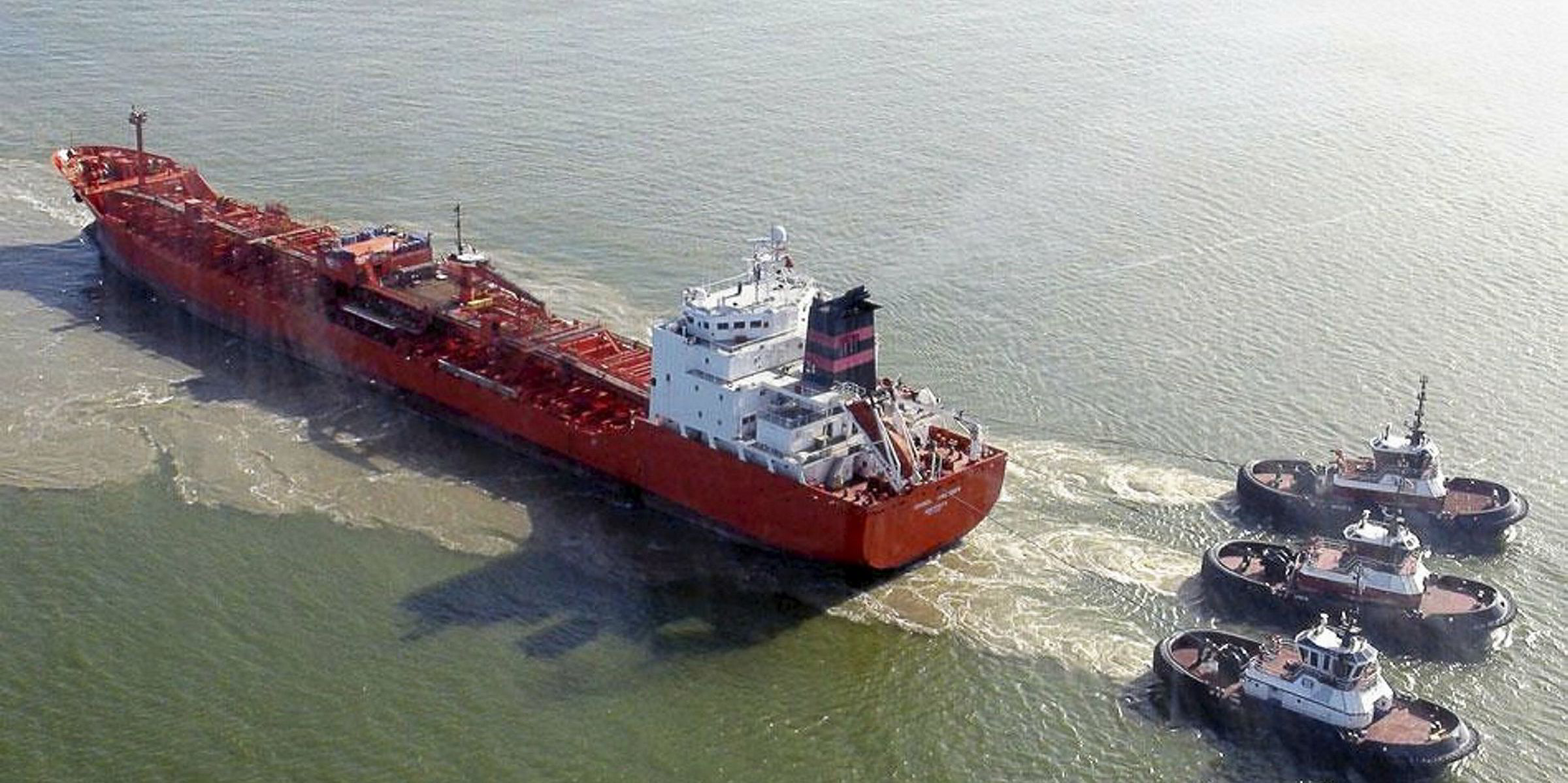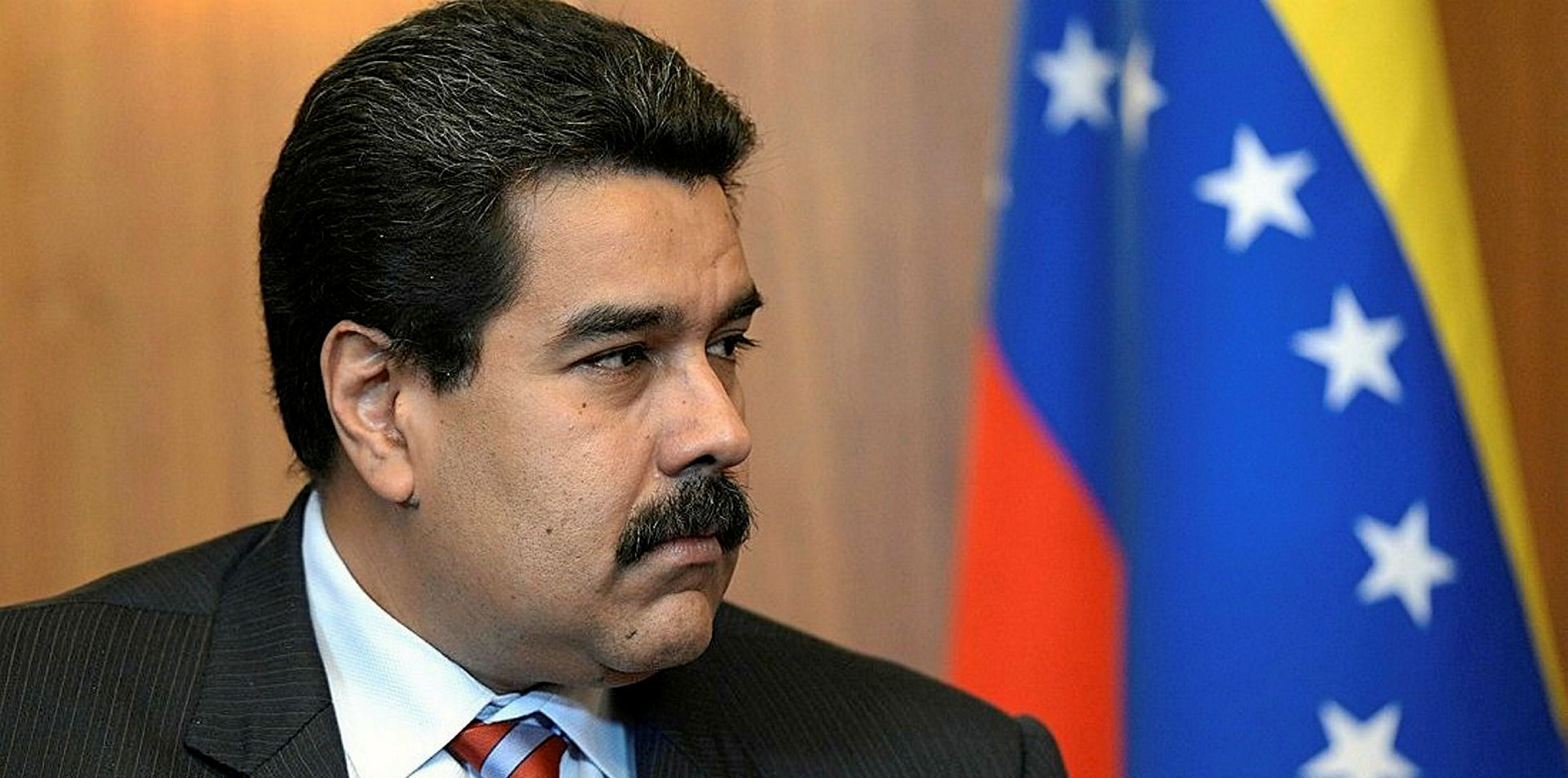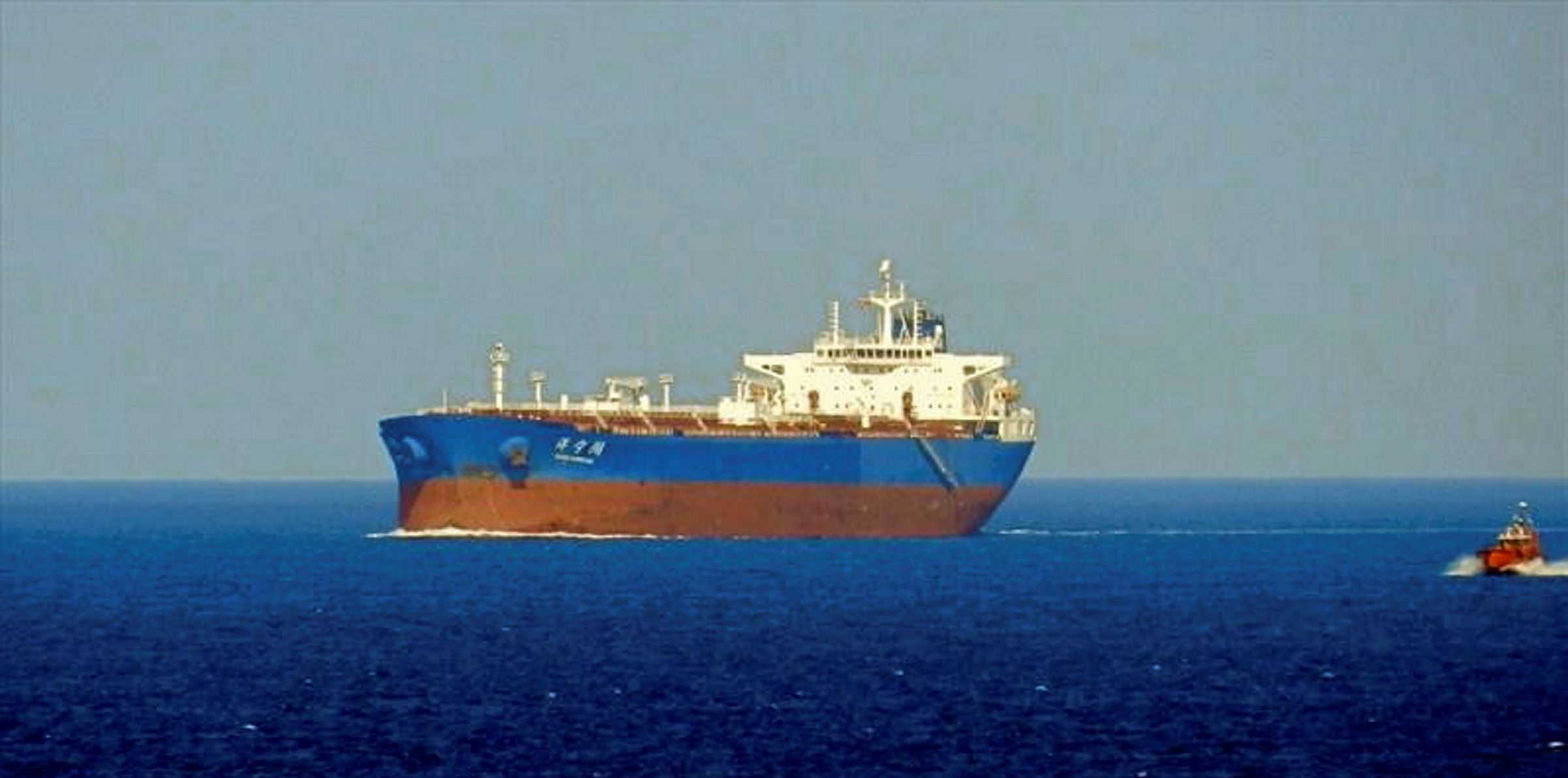A Hong Kong-flagged product tanker reportedly seized, taken into Iranian waters and released Tuesday has connections to a Chinese company blacklisted by the US government for dealing in Iran’s oil industry.
The 22,400-dwt SC Taipei (built 2000) was boarded by armed men roughly 50 nautical miles (92.6 nautical km) north-east of Fujairah, near the Strait of Hormuz, and held for roughly four hours, according to maritime security consultancy Dryad Global.
It was unclear whether the boarding was an attack on commercial shipping by Iran, as seen last year, or something else.
The news was first reported by security consultancy Ambrey, which said that four skiffs carrying armed personnel came alongside and ordered the crew to lower a ladder, then embarked.
Prior to the incident, the handysize tanker had been displaying on AIS that it was destined for Al Jubail in Saudi Arabia.
However, the destination was changed to "Iran".
Ambrey tracked it drifting within 3 miles of the port of Kooh Mobarak, Iran. But it said the ship, which was in ballast, was later released and was heading back to Fujairah.
The SC Taipei was one of three dozen ships connected to Aoxing Ship Management Shanghai, which was sanctioned by the US government in mid-March over allegedly buying or selling petroleum products from Iran.
The ship's ISM and commercial managers were Aoxing from September 2011 until late March, according to shipping databases.
The SC Taipei's ISM manager is now listed as "unknown" and its commercial manager SC Shipping Singapore. Emails to the ship's ownership interests were not immediately returned.
Aoxing now manages a single ship, the 19,975-dwt Sea Charming (built 2008).
None of Aoxing’s managed fleet was sanctioned, but the Sea Charming’s registered owner, Sea Charming Shipping, was.
The sanctions were the latest move by the US to further its “maximum pressure” campaign on Iran, launched after the US dropped out of the three-year-old multilateral agreement, which saw the Islamic republic scale back its nuclear weapons programme in exchange for lifted sanctions.
Iran’s economy has contracted since, according to the International Monetary Fund, and further destabilised due to Covid-19.
China is Iran’s biggest oil customer, having bought more than $10bn-worth in 2017, representing 28% of all exports, according to trade data from the Massachusetts Institute of Technology.
The US has tried to scale back that relationship, with US President Donald Trump pushing China to buy more US energy, alongside its sanctions regime.
Last year, the US sanctioned a slew of Cosco Shipping Energy Transportation-connected companies for transporting Iranian crude oil. The blacklistings, amid the US-China trade war, supercharged tanker rates as charterers fled from Cosco tankers.
A risk to shipping?
Last week, Dryad Global said the risk to most ships in the Middle East Gulf remained low for commercial ships,
It said the coronavirus outbreak — which has infected nearly 75,000 Iranians and killed more than 4,600, according to Johns Hopkins University — plus the US sanctions and low oil prices, brought on in part by regional rival Saudi Arabia, have caused turmoil within Iran.
Dryad Global said that would likely not push Iran to launch attacks on shipping, as it allegedly did last year with mine strikes on two vessels in the spring and the arrest of the 50,000-dwt Stena Impero (built 2018) in July.
It attributed the peace to increased naval presence in the region, with the US-led International Maritime Security Construct and the French-led EMASOH patrolling the Strait of Hormuz, along with independent missions for Japan, South Korea and India.
But reports from Iranian and US media suggest Iran has deployed missile batteries on beaches along the Strait of Hormuz, where a fifth of the world's oil consumption passes each day.
Further, a cargoship was approached by two skiffs in the strait near the Iranian coast on 27 March and a US-flagged boxship was reportedly surrounded by Iranian patrol boats, questioned and let go 2 April.





